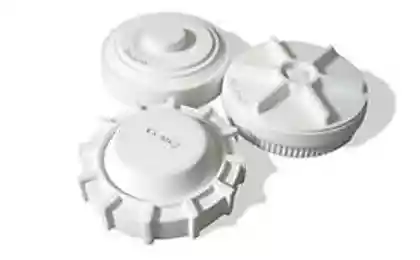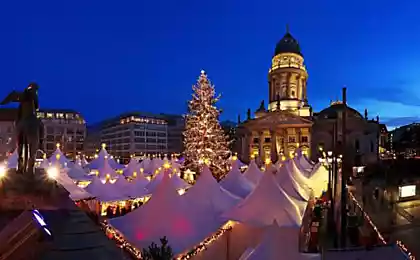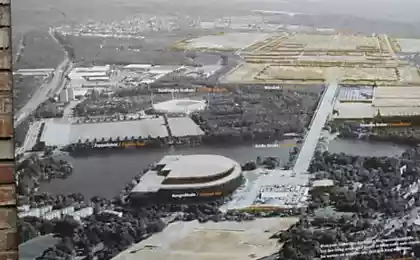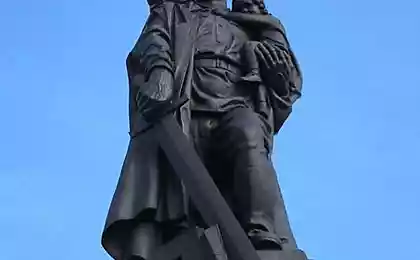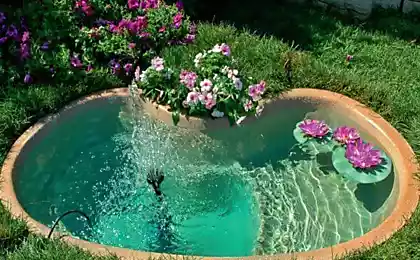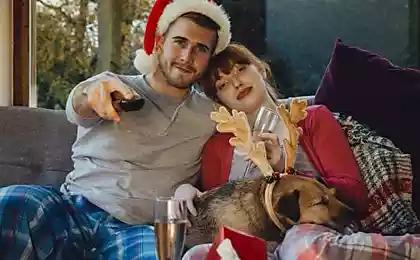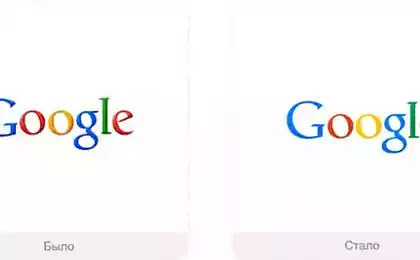498
The miracle fountain in Nuremberg
The fountains are part of any big city. Initially, they performed the practical function of a source of drinking water for citizens in those days, when a Central water supply system was not simple. But with the development of urban fountains ceased to be only hydro and become a significant part of the urban landscape, its characteristic monuments.

First tourist in Nuremberg, will speak about the Schöner Brunnen fountain. This attraction — the fountain Schöner Brunnen ("Beautiful" or "Perfect") in the center of Nuremberg is a must for stay in Nuremberg.

Built in the 14th century, it is not just the 19-meter pit, but at the same time the most beautiful monument in the form of the spire of a Gothic Church. 40 figures arranged on 4 levels of the sculptural composition of the fountain, embody the worldview foundations of the Holy Roman Empire. On the lower level are figures symbolising philosophy and 7 so-called "free" arts (grammar, dialectic or logic, rhetoric, arithmetic, geometry, music, astronomy).
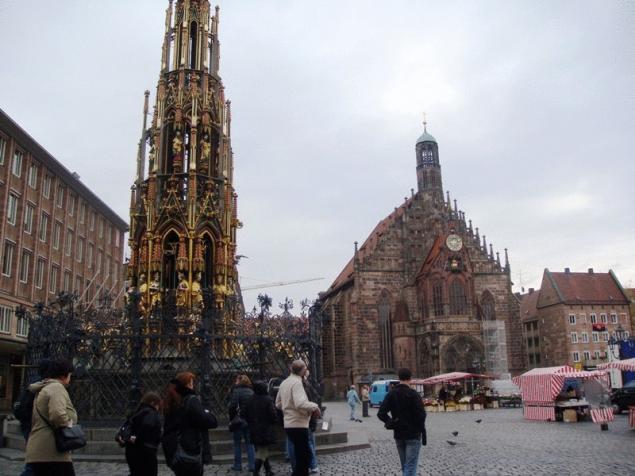
On the second level from the bottom are figures of four evangelists and four fathers of the Church. The following figures 7 electoral princes (the German feudal lords) and 9 heroes. And at the highest level, the figures of Moses and 7 prophets. Every year, starting from the first of advent (the weekend 4 weeks before Christmas), in Nuremberg is one of the most famous in Germany the Christmas markets in Central square and the Schöner Brunnen fountain is a necessary part of the Christmas songs.

Source: /users/117

First tourist in Nuremberg, will speak about the Schöner Brunnen fountain. This attraction — the fountain Schöner Brunnen ("Beautiful" or "Perfect") in the center of Nuremberg is a must for stay in Nuremberg.

Built in the 14th century, it is not just the 19-meter pit, but at the same time the most beautiful monument in the form of the spire of a Gothic Church. 40 figures arranged on 4 levels of the sculptural composition of the fountain, embody the worldview foundations of the Holy Roman Empire. On the lower level are figures symbolising philosophy and 7 so-called "free" arts (grammar, dialectic or logic, rhetoric, arithmetic, geometry, music, astronomy).

On the second level from the bottom are figures of four evangelists and four fathers of the Church. The following figures 7 electoral princes (the German feudal lords) and 9 heroes. And at the highest level, the figures of Moses and 7 prophets. Every year, starting from the first of advent (the weekend 4 weeks before Christmas), in Nuremberg is one of the most famous in Germany the Christmas markets in Central square and the Schöner Brunnen fountain is a necessary part of the Christmas songs.

Source: /users/117
